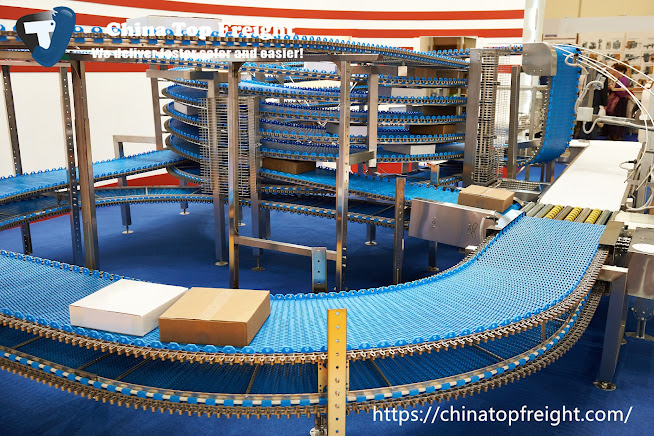A tariff barrier, also known simply as a tariff, is a form of trade barrier imposed by governments on imported goods. It refers to the taxes or duties levied on goods as they cross international borders, effectively increasing their price and making them less competitive compared to domestically produced goods. Here are some key points to understand about tariff barriers:
1. Definition: A tariff barrier is a government-imposed tax or duty on imported goods. Tariffs can be applied in various forms, including ad valorem tariffs (based on the value of the goods) or specific tariffs (based on quantity or weight).
2. Purpose: Tariff barriers serve several purposes, including:
· Protecting domestic industries: By making imported goods more expensive, tariffs aim to shield domestic producers from foreign competition, thereby supporting local industries and preserving jobs.
· Generating revenue: Tariffs provide governments with a source of revenue, which can be used to fund public services and infrastructure projects.
· Correcting trade imbalances: Tariffs can be used to address trade deficits by reducing imports and promoting domestic production.
· Encouraging domestic consumption: Higher tariffs on certain imported goods may encourage consumers to buy domestically produced alternatives, stimulating domestic demand.
3.Impact: Tariff barriers have both intended and unintended consequences on economies and trade. While they may protect domestic industries in the short term, they can also lead to higher prices for consumers, reduced consumer choice, and retaliation from trading partners, potentially escalating into trade wars.
4.Types of Tariffs: Tariff barriers can take various forms, including:
· Protective tariffs: Imposed to protect domestic industries from foreign competition.
· Revenue tariffs: Levied primarily to generate revenue for the government.
· Retaliatory tariffs: Imposed in response to trade barriers imposed by other countries.
5.Administration and Collection: Tariffs are typically administered and collected by customs authorities at ports of entry. Importers are responsible for paying the applicable tariffs, which are calculated based on the customs value of the goods and the tariff rates set by the importing country.
In conclusion, tariff barriers are a common tool used by governments to regulate international trade. While they can serve certain economic and political objectives, they also come with costs and risks, including higher prices for consumers, reduced efficiency, and potential trade conflicts. Effective trade policy requires careful consideration of the balance between protectionism and openness to international trade.
Media Contact
China Top Freight
info@chinatopfreight.com
+86–18928445749
A2110, Block A, Mid-term Longguang Nine Diamond Business Center, Longhua District, Shenzhen
https://www.chinatopfreight.com/





No comments:
Post a Comment